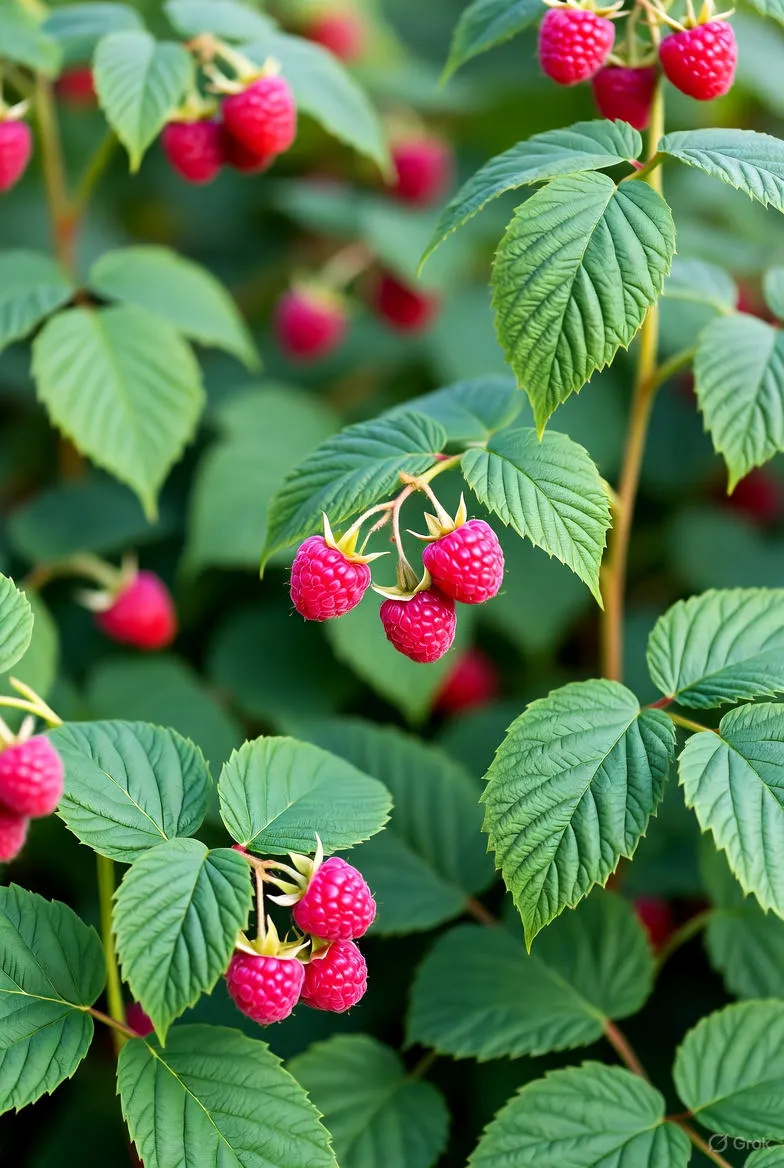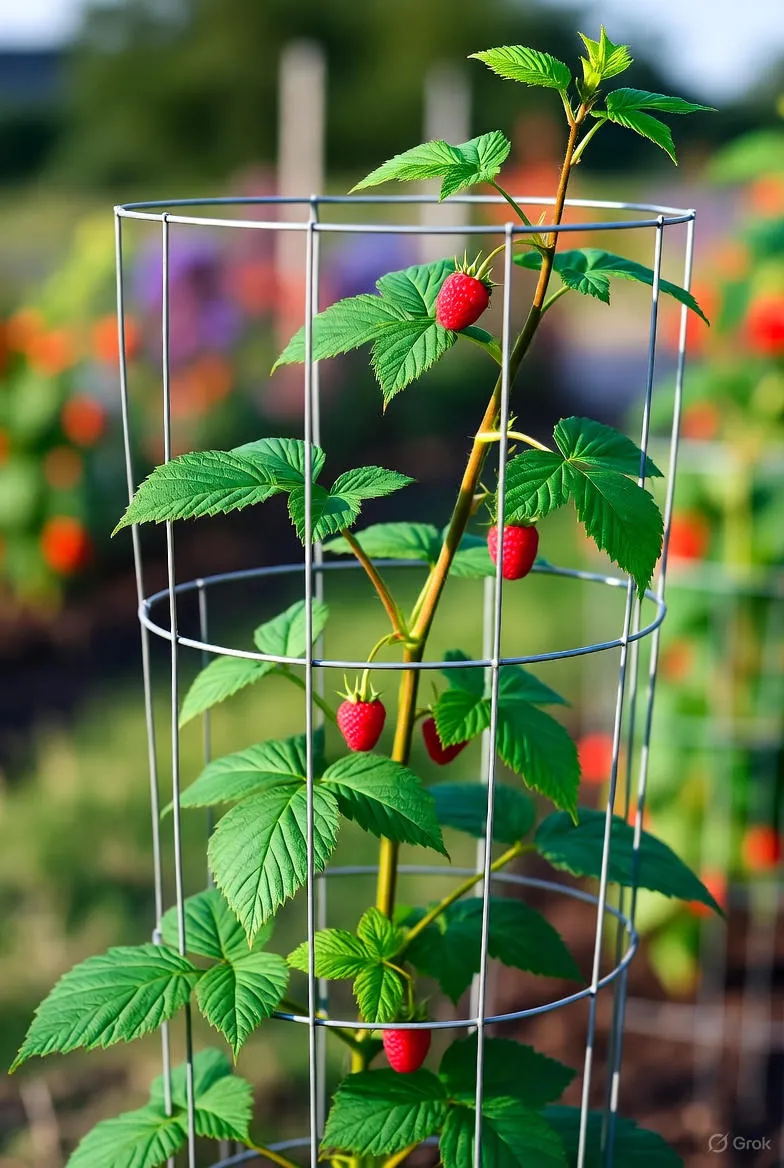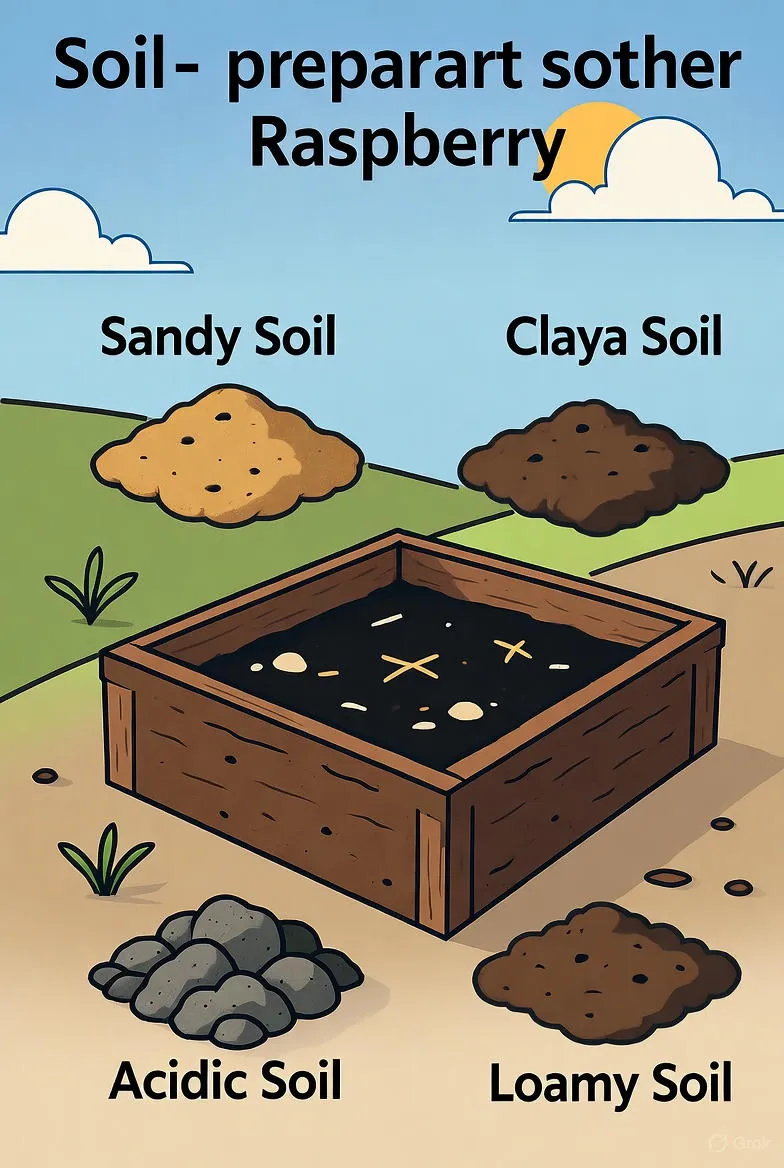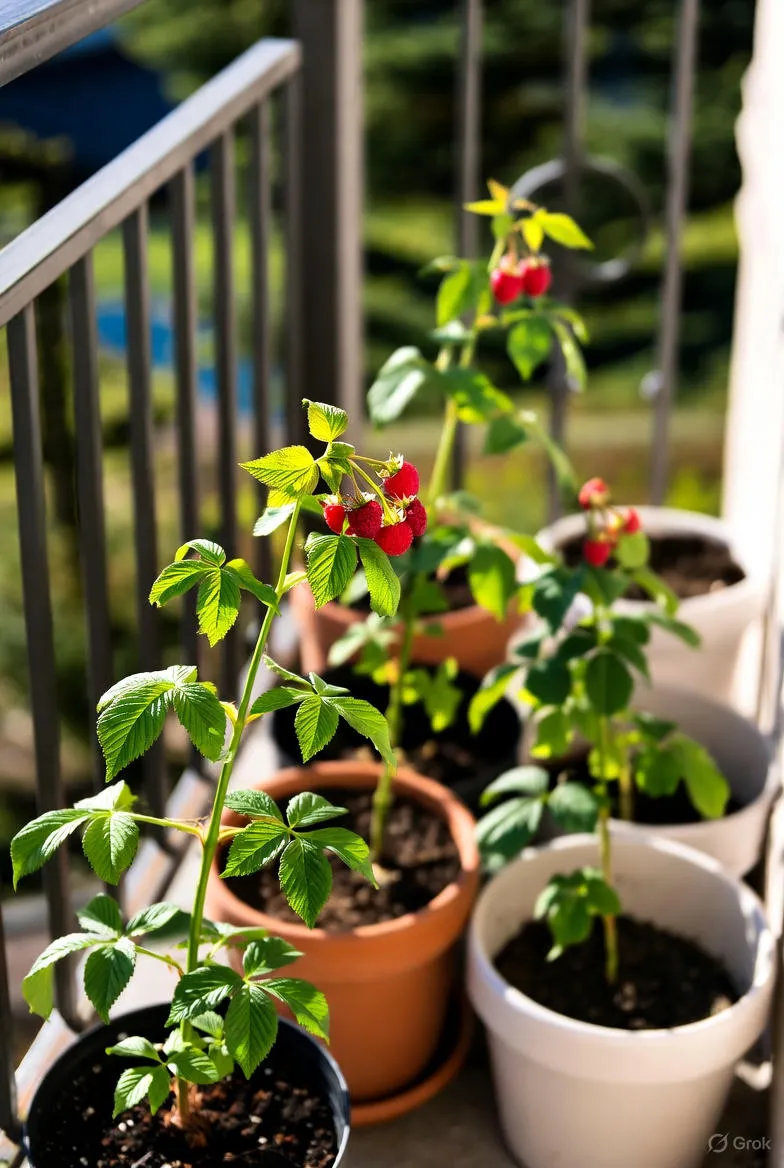Best Time to Plant Raspberries: A Complete Guide for Maximum Yield
Unlock the secrets to thriving raspberry bushes with our guide on the best time to plant. Early spring tips, soil prep, and care for a bumper crop of delicious berries.

Introduction to Raspberry Planting
Raspberries are one of the most rewarding fruits to grow in a home garden. These versatile berries not only add a burst of flavor to desserts, jams, and fresh snacks but also offer nutritional benefits packed with vitamins and antioxidants. However, achieving a bountiful harvest starts with understanding the fundamentals of planting. Timing is crucial because raspberries are perennial plants that establish roots and canes over multiple seasons. Planting at the wrong time can lead to stunted growth, poor yields, or even plant loss due to frost or heat stress.
In this guide, we'll explore the ideal planting windows, preparation steps, and ongoing care to ensure your raspberry patch thrives. Whether you're a novice gardener or looking to refine your technique, these insights will help you time your planting perfectly for success.
Why Timing Matters in Raspberry Cultivation
The raspberry plant's life cycle revolves around dormancy, growth, and fruiting phases. During dormancy, typically in late fall to early spring, the plant conserves energy and focuses on root development rather than above-ground growth. Planting during this period allows the roots to establish without the stress of leaf production or fruiting demands.
Environmental factors like soil temperature, frost risk, and daylight hours play significant roles. Soil that's too cold can hinder root growth, while excessive moisture in unthawed ground risks rot. Conversely, planting too late in spring might expose tender new growth to summer heat waves. By aligning your planting with the plant's natural rhythm, you minimize risks and maximize vigor.
The Optimal Time: Early Spring Planting
Across most temperate climates, early spring stands out as the prime time to plant raspberries. This period, usually from late February to mid-April depending on your location, coincides with soil thawing and warming. Aim to plant when the ground is workable—meaning you can dig without excessive effort—and the soil temperature reaches at least 50°F (10°C). At this point, the risk of deep freezes diminishes, allowing roots to anchor securely before the flush of spring growth.
For those in USDA zones 4-8, which cover much of North America, early March is often ideal. Gardeners in cooler regions might wait until April, while those in milder areas like the Pacific Northwest can start as early as February. The key is to monitor local weather patterns; last frost dates are a reliable benchmark. Planting just after the average last frost ensures protection without delay.
- Benefits of early spring planting: Strong root establishment before summer heat.
- Reduced competition from weeds, which haven't fully emerged yet.
- Alignment with natural dormancy break, promoting healthy cane development.
Signs Your Soil is Ready
To confirm readiness, perform a simple soil test: Squeeze a handful of moist soil. If it crumbles easily rather than clumping like mud, it's time. Additionally, check for earthworm activity—a sign of warming and aeration. Avoid planting in soggy conditions, as raspberries detest waterlogged roots.
Alternative Planting Seasons
While early spring is best, it's not the only option. In regions with mild winters, such as USDA zones 8-10, late fall planting (October to November) can work well. Dormant bare-root canes planted in autumn benefit from winter rains for root hydration and establish before spring's growth spurt. However, cover the planting site with mulch to insulate against unexpected freezes.
Summer planting is generally discouraged due to heat stress on new transplants, but potted raspberries can be set in during mild summers with ample watering and shade cloth. Fall planting in northern climates risks insufficient root growth before dormancy, potentially leading to winter heave in freeze-thaw cycles.
Regional Considerations for Planting Timing
Climate variations demand tailored approaches. In the Midwest and Northeast, where springs can be erratic, wait for consistent daytime temperatures above 40°F. Southern gardeners, facing humid subtropics, should prioritize early spring to avoid fungal issues in steamy summers.
European growers in the UK or Germany often plant in March, leveraging maritime moderation. In Australia, southern states like Victoria favor autumn (March-May) for its cooler temps. Always consult local extension services for frost dates and soil maps to fine-tune your schedule.
Preparing Your Site for Raspberry Success
Before planting, select a sunny spot with at least 6-8 hours of direct sunlight daily. Raspberries thrive in full sun but tolerate light afternoon shade in hotter climates. Ensure good air circulation to prevent diseases like anthracnose.
Soil preparation is non-negotiable. Raspberries prefer well-drained, loamy soil with a pH of 5.5-6.5. Test your soil a month in advance and amend as needed: Incorporate compost or aged manure for organic matter, and add lime if acidic or sulfur if too alkaline. Avoid heavy clay or sandy extremes; raised beds can help in problematic soils.
- Clear the area: Remove weeds, rocks, and old vegetation to a depth of 12 inches.
- Till and amend: Work in 2-4 inches of organic matter and any pH adjusters.
- Install supports: Set up trellises or wires before planting to avoid root disturbance later.
Choosing the Right Raspberry Varieties
Not all raspberries are created equal; varieties influence planting and care. Summer-bearing types (floricanes) fruit on last year's canes and are best planted early spring for established wood by the next season. Everbearing (primocane) varieties produce on new canes, offering flexibility for fall or spring planting with harvests in the first year.
Popular choices include 'Heritage' for everbearing reliability, 'Boyne' for cold hardiness, and 'Tulameen' for sweet flavor in warmer zones. Select disease-resistant cultivars suited to your region to bolster long-term success.
Understanding Cane Types
Familiarize yourself with primocanes (new growth) and floricanes (second-year). This knowledge guides pruning post-planting: For summer-bearers, thin to 4-6 canes per foot; everbearers may need less intervention initially.
Step-by-Step Planting Instructions
Once timing and site are set, follow these steps for flawless installation.
1. Acquire plants: Opt for certified, disease-free bare-root or potted canes from reputable nurseries. One-year-old stock establishes quickest.
2. Dig holes: Space plants 2-3 feet apart in rows 6-8 feet apart. Holes should be 18 inches wide and deep, matching the root spread.
3. Position canes: Set at the same depth as in the nursery—crown at soil level. Spread roots outward without bending.
4. Backfill and firm: Gently pack soil around roots, avoiding air pockets. Water deeply to settle.
5. Mulch: Apply 3-4 inches of organic mulch like straw or wood chips to retain moisture and suppress weeds.
Care After Planting: Nurturing Your New Patch
Post-planting vigilance ensures establishment. Water consistently—1 inch per week—especially in dry spells, but allow soil to dry between sessions to prevent rot. Fertilize lightly with a balanced 10-10-10 product at planting, then switch to berry-specific formulas in spring.
Weed control is vital; hand-pull intruders to avoid herbicide damage. Monitor for pests like Japanese beetles or aphids, using organic sprays if needed. Prune spent canes annually to encourage airflow and productivity.
- Irrigation tips: Drip systems minimize leaf wetness and disease.
- Fertilization schedule: Side-dress in early spring and mid-summer.
- Winter protection: Hill soil or mulch around bases in zones 3-5.
Common Challenges and Solutions
Yellowing leaves might signal iron deficiency—apply chelated iron. Wilting could indicate verticillium wilt; rotate crops and choose resistant varieties. Birds love berries too—netting is your friend come harvest.
Harvesting and Beyond: Enjoying the Fruits of Your Labor
With proper timing, expect first fruits 1-2 years post-planting. Summer-bearers ripen in June-July; everbearers extend to fall. Pick when berries slip easily from cores, ideally morning for peak sweetness. Yields can reach 1-2 quarts per plant annually once mature.
A raspberry patch can produce for 10-15 years with good care. Propagate via tip layering for expansion, and renovate every 4-5 years by mowing back and fertilizing to rejuvenate.
Conclusion: Plant Now for Future Feasts
Mastering the best time to plant raspberries unlocks a season of juicy rewards. By prioritizing early spring and meticulous prep, you'll cultivate a resilient, productive grove. Remember, gardening is as much art as science—experiment, observe, and adapt to your unique microclimate. Your efforts will yield not just berries, but the satisfaction of self-sufficiency. Start planning your spring planting today, and savor the tart-sweet bounty tomorrow.
(Word count: 1,248)


